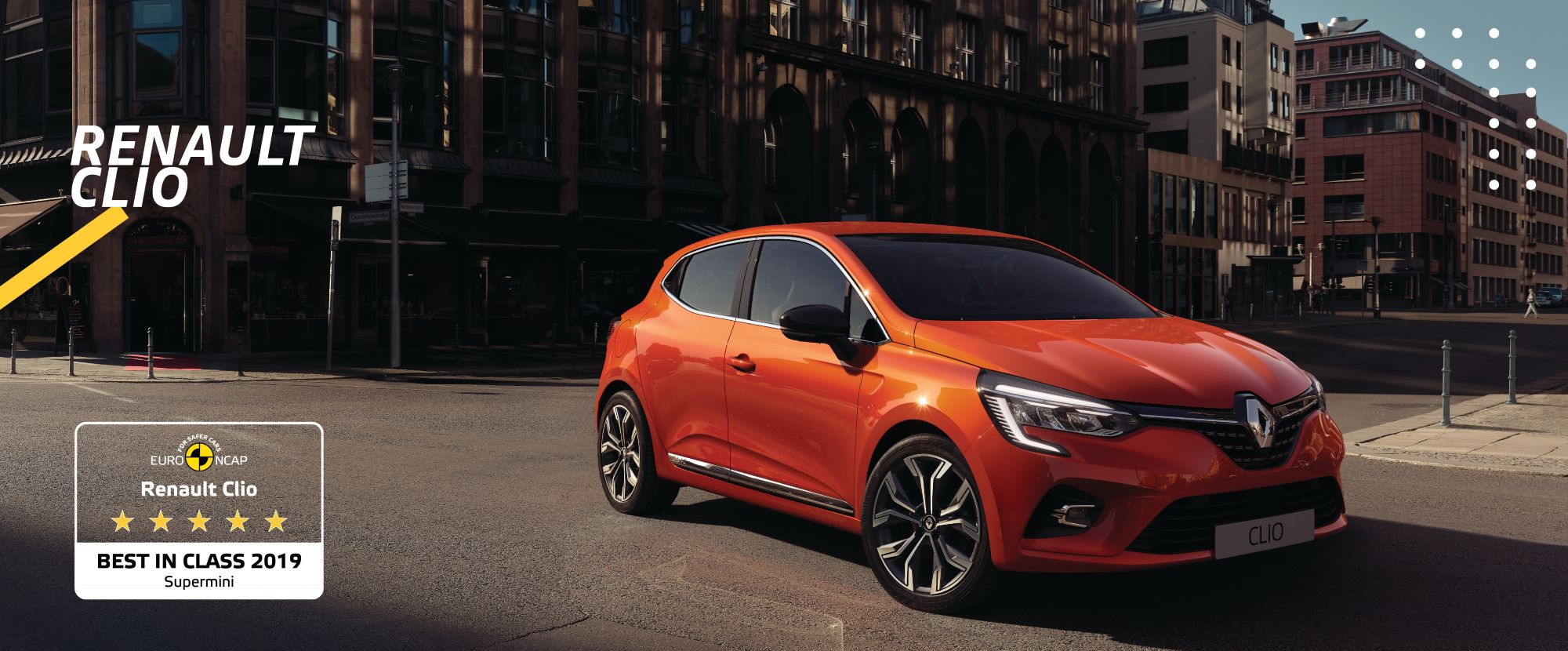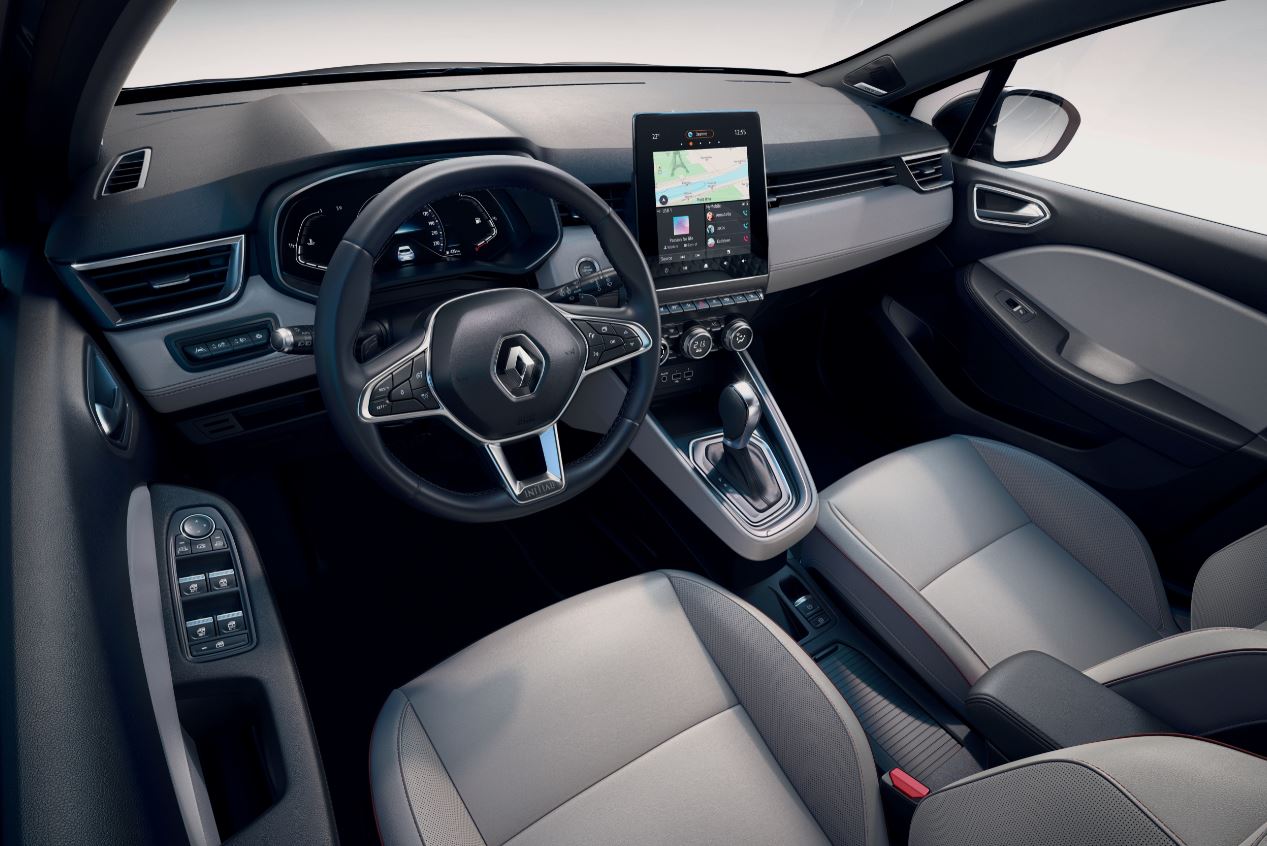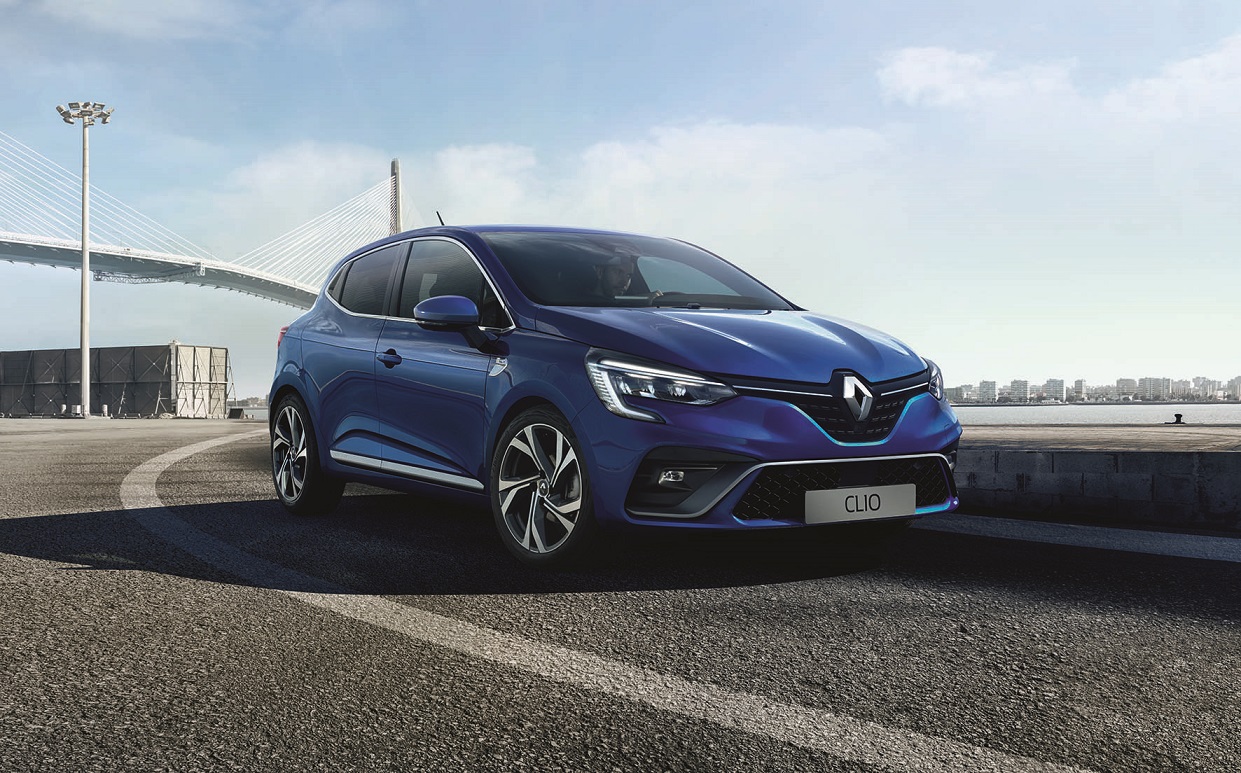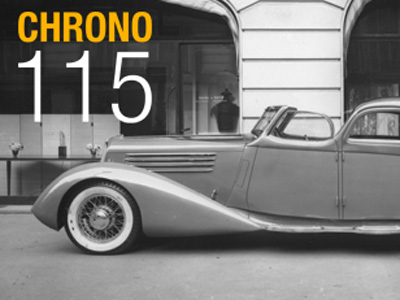

Flashback to the start of the 20th century… Until the 1920s it’s tricky to talk about styling where automobiles are concerned. Their bodywork was still inspired mainly by horse-drawn vehicles, and manufacturers produced chassis using relatively manual procedures. The coachwork was then added by specialists in their own workshops, especially for top-of-the-range models. It was the front end of the cars – designed by manufacturers in accordance mainly with the cooling system – that expressed their personalities. In 1902, when most cars had their radiators at the very front, Renault put its own behind the engine: the dynamic sloping shape this gave the bonnet allowed the brand to be easily identified.
The shape of the bonnet did not alter much until 1922. It was the wings and headlamps that marked design changes from one year to the next. Manufacturers gradually took over production of their own coachwork for both luxury and other models. In 1923 the Renault bonnet was given a crease, which heightened further the impression of dynamism, and an oval grille featuring folded horizontal bars. From 1925 Renault adopted the diamond shape that also became the brand’s logo. It was used for the first time on the powerful 40CV. The wooden coachwork had by that time become the classic style and had very simple lines, but Louis Renault paid particular attention to the quality of the finish.
In 1928, a year before the Great Depression began, Renault displayed the Renahuit – later to become the Reinastella – at the Paris Motor Show. The eight-cylinder model embodied the luxury of the era, combining speed and elegance, as well as comfort and safety for long journeys. Measuring 5.2 metres long and 2 metres wide and weighing 2.5 tonnes, the Renahuit was presented as “the Pullman of the roads”. The long bonnet meant that the radiator had to be moved back to the front of the vehicle, and all the brand’s other models later adopted the same convention for consistency of appearance. The sober styling and oblique angle of the grille made the car look even more dynamic and elegant. The diamond, which no longer served any practical purpose, disappeared temporarily, re-emerging in 1931 in the form of a stylised badge. For the Stella range, it was topped off by a shooting star.
In the 1930s a fashion imported from America made French manufacturers interested in aerodynamics. At Renault this involved lowering both the chassis and the roof, making the windscreen more steeply raked and incorporating the rear trunk into the body of the vehicle. This was done using an adaptable patent for the rear seat which was brought into effect from 1927 for box-shaped models with an inside driving seat. In 1935 Renault called on Marcel Riffard, an aeronautics engineer with Caudron… He designed the Viva Grand Sport, which was another big step forward in research to reduce air resistance. It embodied “hyperaerodynamics” with its flowing lines, contoured wings and the disappearance of running boards.
It was a tribute to the personality and success of their styling that Renault models continually had a place of honour at major events, where they transported heads of state and ministers, and at car parades, where they competed with the world’s most elegant women, actresses and fashion icons for “beauty” prizes.
Seen in the press at the time…
The coachwork of the car we tested has a very high quality finish, including attractive leather features, and the overall comfort is particularly good. Ride comfort is also just as excellent in the rear seats as in the front. The large steering wheel, which fits well under the hands, is light, complies with modern standards and conveys no bumps from the road. The interior fittings are perfectly satisfactory, with three roof lights, an ashtray and a kit for storing smelling salts, lemon balm water and eau de Cologne, along with an electric cigar lighter. [… ] In the rear, a very large boot fits in perfectly with the imposing but well-proportioned lines of the car. Tools are stored in the upper compartment while suitcases go into the main section. Until the trunk has been unlocked it is impossible for an unauthorised person to take out the spare wheel.
View more

SAFETY: 5 EURO NCAP STARS AND BEST RATING IN ITS CATEGORY FOR THE ALL-NEW CLIO

The All-new Renault CLIO: the most comprehensive driving assistance on the market


